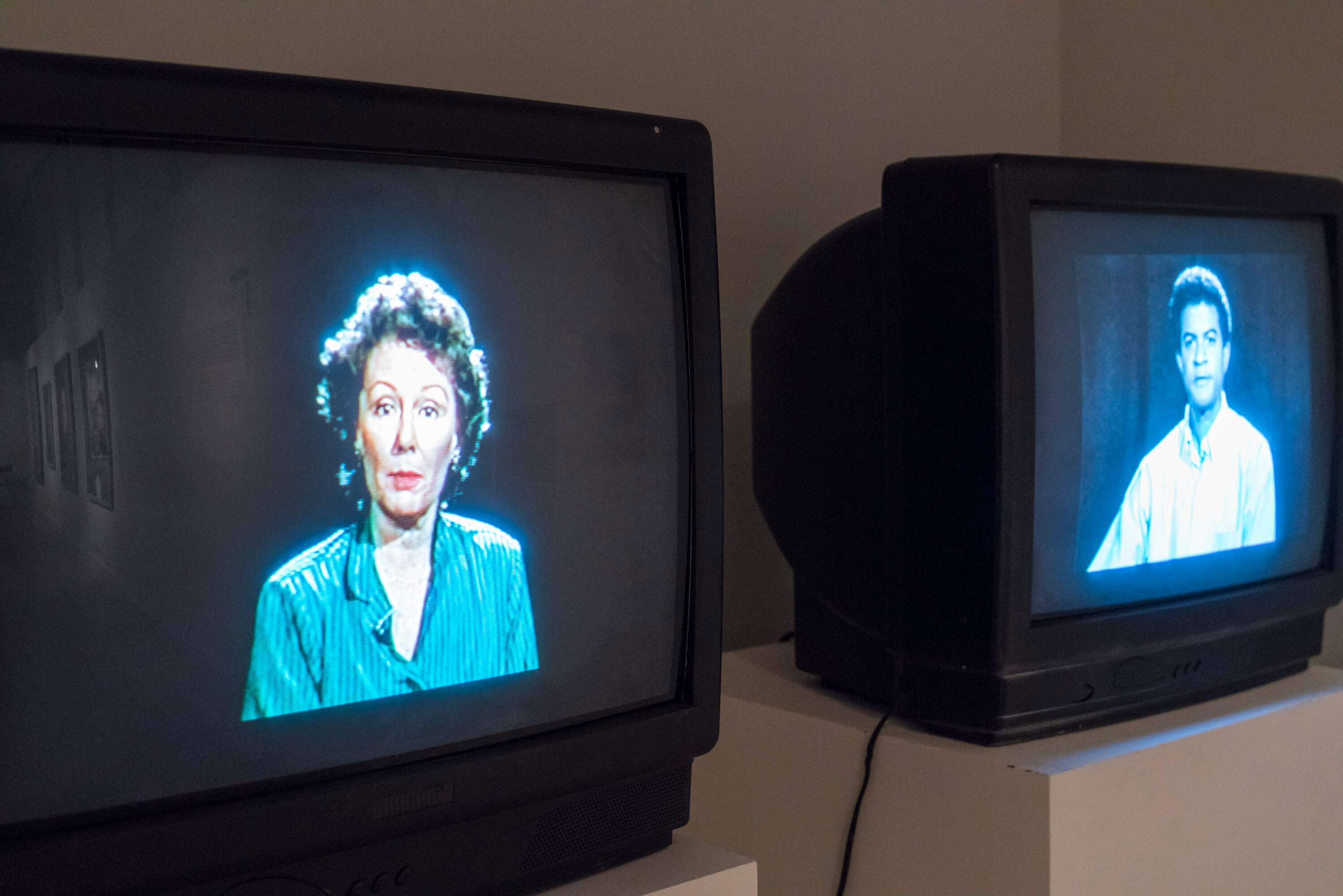UK, 1956, 3', color
English with Turkish subtitles
Goods and weights are checked by the Weights and Measures Department of London County Council. M/S of Lewisham Market, as a stall holder weighs some oranges for a woman in a bobble hat and empties them into her shopping bag. An inspector from the 'Weights and Measures' Department walks up to the stall, shows the trader his identity card and starts to examine and test his weights and scales in a spot check.

The exhibition Look at Me! Portraits and Other Fictions from the ”la Caixa” Contemporary Art Collection examines portraiture, one of the oldest artistic genres, through a significant number of works of our times. Through the exhibition we will be sharing about the artists and sections in Look At Me!.
Tuesday - Saturday 10:00 - 19:00
Friday 10:00 - 22:00
Sunday 12:00 - 18:00
The museum is closed on Mondays.
On Wednesdays, the students can
visit the museum free of admission.
Full ticket: 300 TL
Discounted: 150 TL
Groups: 200 TL (minimum 10 people)